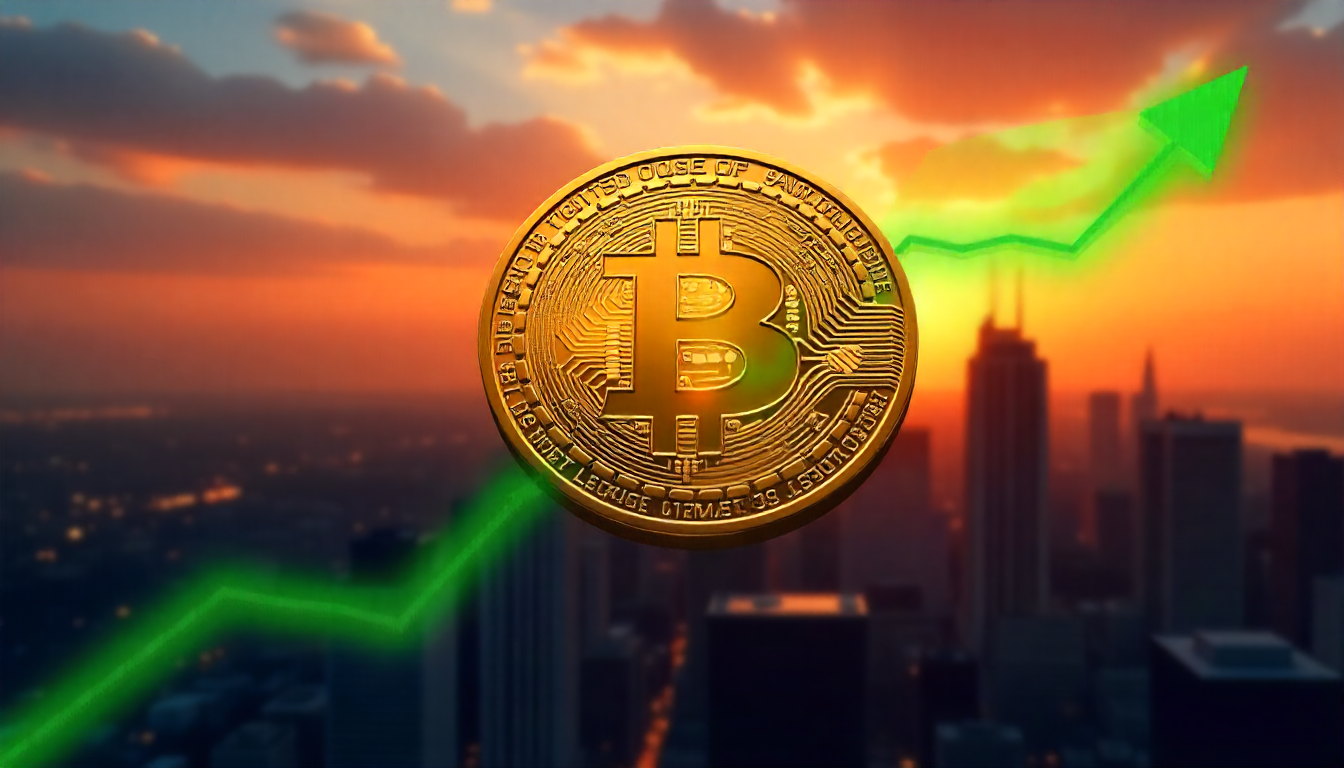Markets Overplayed the Inflation Fear — Tariffs May Be Bullish for Bitcoin
The return of Trump-era tariffs has reignited fears of inflation, recession, and global economic fragmentation. But what if the markets got the narrative wrong? A growing divergence between perception and data suggests inflation may already be cooling — and that could set up a favorable turn for bitcoin (BTC) and other risk-on assets.
When President Trump took office in January, he wasted no time reigniting trade tensions. His Feb. 1 move to impose sweeping tariffs on China, Canada, and Mexico set off a tit-for-tat response, with trade barriers between the U.S. and China now exceeding 100%.
Investors reacted swiftly and harshly. The Fed’s own warnings about stagflation — a dreaded mix of high inflation and low growth — only amplified concerns. Bitcoin dropped nearly 20% since early February. Equities followed. The dollar wobbled. The collective mood? Risk-off.
But Beneath the Panic, a Different Signal Is Flashing
The bond market, often a more sober barometer of macro sentiment, is telling a different story. Inflation breakevens — calculated from the spread between standard Treasuries and TIPS — are sliding.
The five-year breakeven has dropped from a February peak above 2.6% to 2.32%. The 10-year has fallen from 2.5% to 2.19%. These are not numbers that point to inflation spiraling out of control. In fact, they suggest markets are beginning to price in disinflation.
Why? Because tariffs might push prices up temporarily — but if wages don’t rise and consumers pull back, demand collapses. That’s not inflationary. That’s deflationary.
This Isn’t the First Time
Economists like Ravi Batra have long noted that U.S. tariff regimes have rarely caused inflation. In his 2001 research, Batra showed that higher tariffs historically correlated with falling consumer costs — not rising ones — in developed economies like the U.S.
Jim Paulsen, a long-time market strategist, echoed that view on X: “Tariffs have never been inflationary. They’re deflationary — and stimulative. What we’re seeing now could pave the way for a Fed pivot.”
Bitcoin: Ready to Catch the Rebound?
If the Fed shifts from hawkish to dovish in response to easing inflation pressures, it could be the spark risk assets need. Bitcoin, in particular, has shown a strong historical response to dovish monetary pivots — especially when paired with broad market pessimism.
So while headlines still scream about trade war risks, the macro picture might be quietly flipping. The fear trade may have gone too far. And bitcoin — the asset often left for dead in downturns — could once again lead the charge higher.





